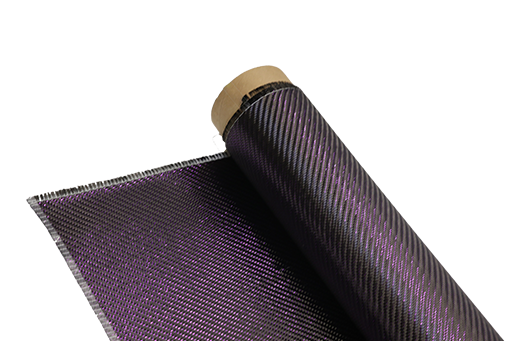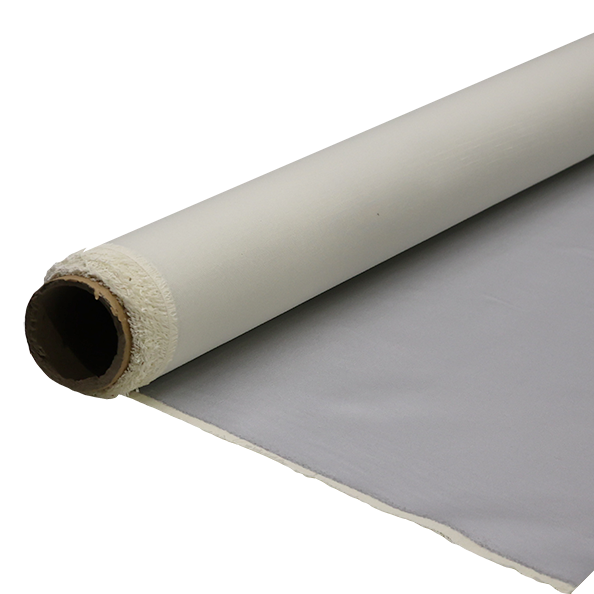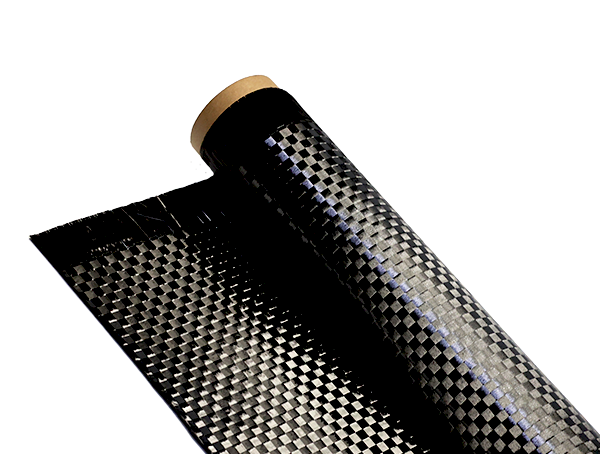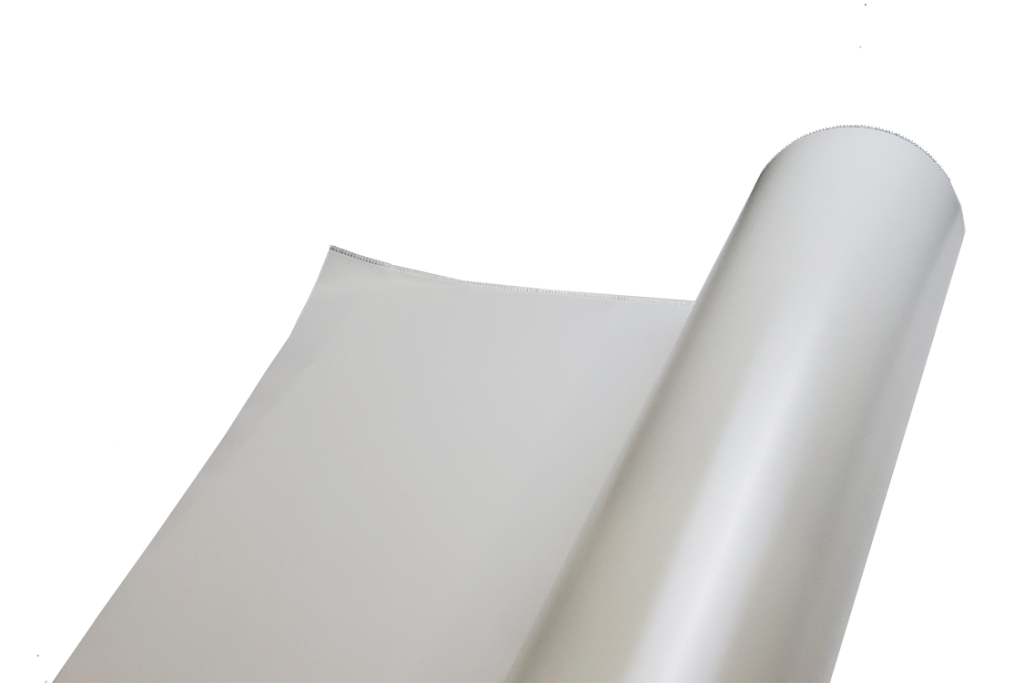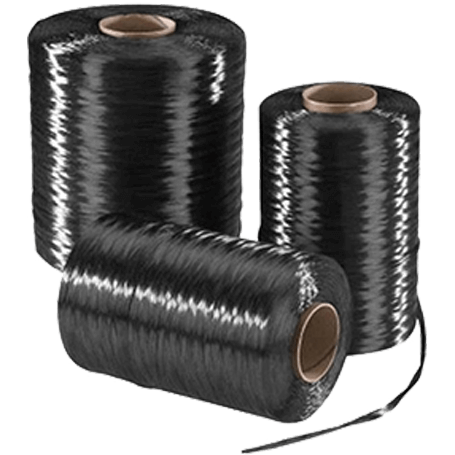Resin Infusion Method Now Used in Wind Blade Manufacturing
-
Table of Contents
“Revolutionizing Wind Energy: The Resin Infusion Method for Stronger, Lighter, and More Efficient Wind Blades.”
The Resin Infusion Method (RIM) has emerged as a pivotal technique in the manufacturing of wind turbine blades, offering significant advantages in terms of efficiency, material utilization, and environmental sustainability. This process involves the infusion of resin into a dry fiber reinforcement, allowing for a more controlled and uniform distribution of the resin throughout the composite material. As the demand for renewable energy sources continues to rise, the RIM technique has gained traction due to its ability to produce lightweight, high-strength blades that enhance the performance and longevity of wind turbines. By minimizing waste and reducing the energy required for production, the Resin Infusion Method represents a significant advancement in the quest for more sustainable and cost-effective solutions in the wind energy sector.
Advantages of Resin Infusion Method in Wind Blade Production
The resin infusion method has emerged as a transformative technique in the manufacturing of wind blades, offering a range of advantages that enhance both the efficiency and quality of production. This innovative approach involves the infusion of resin into a dry fiber preform, which is placed in a mold. As the resin permeates the fibers, it cures to form a solid composite structure. One of the primary benefits of this method is its ability to produce lightweight yet robust components, which are essential for the performance and longevity of wind blades. The reduction in weight directly contributes to improved energy efficiency, as lighter blades can capture wind energy more effectively, thereby increasing the overall output of wind turbines.
Moreover, the resin infusion method allows for greater control over the material properties of the final product. By adjusting the resin formulation and the fiber architecture, manufacturers can tailor the mechanical properties of the wind blades to meet specific performance criteria. This customization is particularly important in the context of wind energy, where blades must withstand varying environmental conditions and mechanical stresses. Consequently, the ability to fine-tune these characteristics not only enhances the durability of the blades but also extends their operational lifespan, ultimately leading to lower maintenance costs and improved return on investment for wind farm operators.
In addition to performance benefits, the resin infusion method is also recognized for its environmental advantages. Traditional manufacturing processes often involve the use of volatile organic compounds (VOCs) and other harmful substances, which can pose risks to both human health and the environment. In contrast, resin infusion typically employs low-VOC or even VOC-free resins, significantly reducing the ecological footprint of the production process. This shift towards more sustainable practices aligns with the broader goals of the renewable energy sector, which seeks to minimize environmental impact while maximizing energy output.
Furthermore, the efficiency of the resin infusion process contributes to reduced production times and costs. The method allows for the simultaneous infusion of multiple blades, streamlining the manufacturing workflow. This efficiency not only accelerates the production timeline but also enables manufacturers to respond more swiftly to market demands. As the global push for renewable energy sources intensifies, the ability to scale production effectively becomes increasingly critical. The resin infusion method, with its capacity for high-volume output, positions manufacturers to meet these growing demands while maintaining quality standards.
Another significant advantage of the resin infusion method is its compatibility with advanced composite materials. The integration of carbon and glass fibers with resin systems enhances the mechanical properties of wind blades, resulting in structures that are not only strong but also resistant to fatigue and environmental degradation. This compatibility opens up new avenues for innovation in blade design, allowing engineers to explore novel geometries and configurations that can further optimize aerodynamic performance.
In conclusion, the resin infusion method represents a significant advancement in wind blade manufacturing, offering a multitude of advantages that enhance performance, sustainability, and efficiency. By producing lightweight, durable components with tailored properties, this method not only meets the rigorous demands of the wind energy sector but also aligns with the industry’s commitment to environmental stewardship. As the global energy landscape continues to evolve, the adoption of such innovative manufacturing techniques will play a crucial role in driving the future of renewable energy.
Step-by-Step Process of Resin Infusion in Wind Blade Manufacturing

The resin infusion method has emerged as a pivotal technique in the manufacturing of wind blades, significantly enhancing the efficiency and quality of production. This innovative process begins with the preparation of the mold, which is a critical step that sets the foundation for the entire operation. The mold is typically constructed from high-strength materials to withstand the pressures of the infusion process and to ensure a smooth surface finish on the final product. Once the mold is ready, it is meticulously cleaned and treated to facilitate the easy release of the finished blade.
Following the preparation of the mold, the next step involves the arrangement of the reinforcement materials, which are often made from fiberglass or carbon fiber. These materials are strategically placed within the mold to provide the necessary structural integrity and strength to the wind blade. The arrangement is crucial, as it determines how well the resin will saturate the fibers and ultimately influence the mechanical properties of the finished product. After the reinforcement materials are positioned, a vacuum bag is applied over the mold, creating a sealed environment that is essential for the infusion process.
Once the vacuum bag is in place, the system is evacuated to remove any air trapped within the mold and the reinforcement materials. This step is vital, as it not only prevents the formation of voids in the final product but also ensures that the resin can flow uniformly throughout the fibers. With the vacuum established, the next phase involves the preparation of the resin mixture. The resin, often a thermosetting polymer, is carefully mixed with hardeners and additives to achieve the desired viscosity and curing properties. This mixture is then introduced into the mold through strategically placed inlet ports.
As the resin is drawn into the mold, it permeates the reinforcement materials, saturating them thoroughly. This infusion process is facilitated by the vacuum, which creates a pressure differential that encourages the resin to flow into all areas of the mold. It is essential to monitor the infusion process closely, as the rate of resin flow can significantly impact the quality of the final product. If the resin flows too quickly, it may not fully saturate the fibers, leading to weak spots in the blade. Conversely, if the flow is too slow, it can result in premature curing of the resin before it has fully infused the mold.
Once the resin has completely filled the mold and saturated the reinforcement materials, the next step is to allow the resin to cure. This curing process can take several hours to days, depending on the specific resin system used and the ambient conditions. During this time, the resin undergoes a chemical reaction that transforms it from a liquid state into a solid, rigid structure. After curing, the vacuum bag and any excess resin are removed, revealing the finished wind blade.
Finally, the blade undergoes a series of inspections and quality control checks to ensure it meets the stringent standards required for wind energy applications. This step is crucial, as any defects or inconsistencies can compromise the performance and longevity of the blade. By employing the resin infusion method, manufacturers can produce wind blades that are not only lightweight and strong but also exhibit superior aerodynamic properties, ultimately contributing to the efficiency and sustainability of wind energy generation. Thus, the resin infusion method represents a significant advancement in wind blade manufacturing, aligning with the growing demand for renewable energy solutions.
Environmental Impact of Using Resin Infusion for Wind Blades
The environmental impact of using the resin infusion method in wind blade manufacturing is a topic of increasing importance as the world shifts towards more sustainable energy solutions. Wind energy, recognized for its low carbon footprint, is becoming a cornerstone of global efforts to combat climate change. However, the materials and processes used in the production of wind turbine blades can significantly influence the overall sustainability of this renewable energy source. The resin infusion method, which involves the use of a vacuum to draw resin into a dry fiber preform, presents several advantages that contribute positively to the environmental profile of wind blade manufacturing.
One of the primary benefits of the resin infusion method is its ability to reduce waste. Traditional manufacturing techniques often result in excess resin and fiber materials, which can lead to significant waste generation. In contrast, resin infusion allows for precise control over the amount of resin used, minimizing excess and ensuring that materials are utilized more efficiently. This reduction in waste not only conserves resources but also decreases the environmental burden associated with disposal and landfill use.
Moreover, the resin infusion process is characterized by its lower energy consumption compared to traditional methods such as hand layup or spray-up techniques. The vacuum-assisted nature of resin infusion requires less energy to achieve the desired results, which is particularly relevant in an era where energy efficiency is paramount. By lowering the energy demands of the manufacturing process, the resin infusion method contributes to a decrease in greenhouse gas emissions associated with production, further enhancing the sustainability of wind energy.
In addition to energy efficiency, the resin infusion method also allows for the use of more environmentally friendly materials. Many manufacturers are exploring bio-based resins and sustainable fiber reinforcements, which can significantly reduce the carbon footprint of wind blades. By integrating these materials into the resin infusion process, manufacturers can produce blades that not only perform well but also align with broader environmental goals. This shift towards sustainable materials is crucial, as it reflects a growing awareness of the need for eco-friendly practices in all sectors, including renewable energy.
Furthermore, the durability and longevity of wind blades produced through resin infusion contribute to their environmental impact. The enhanced mechanical properties achieved through this method result in blades that are more resistant to wear and tear, thereby extending their operational lifespan. Longer-lasting blades mean fewer replacements and repairs, which in turn reduces the overall resource consumption and waste associated with wind energy infrastructure. This aspect is particularly significant when considering the lifecycle of wind turbines, as the environmental impact of manufacturing, maintenance, and disposal must be evaluated holistically.
As the wind energy sector continues to evolve, the adoption of the resin infusion method represents a significant step towards more sustainable manufacturing practices. By minimizing waste, reducing energy consumption, utilizing eco-friendly materials, and enhancing the durability of wind blades, this innovative approach aligns with the overarching goal of promoting renewable energy solutions that are not only effective but also environmentally responsible. In conclusion, the resin infusion method stands out as a promising technique that not only supports the growth of wind energy but also addresses the critical need for sustainable practices in manufacturing, ultimately contributing to a cleaner and more sustainable future.
Q&A
1. **What is the Resin Infusion Method in wind blade manufacturing?**
The Resin Infusion Method is a composite manufacturing process where resin is drawn into a dry fiber reinforcement through a vacuum, allowing for a more uniform distribution and reduced void content in the final product.
2. **What are the advantages of using the Resin Infusion Method for wind blades?**
The advantages include improved mechanical properties, reduced weight, lower emissions due to less resin waste, and the ability to create larger and more complex blade geometries.
3. **How does the Resin Infusion Method impact production efficiency?**
The method enhances production efficiency by allowing for faster curing times and the potential for automated processes, which can lead to lower labor costs and increased throughput in manufacturing wind blades.The resin infusion method has emerged as a significant advancement in wind blade manufacturing, offering enhanced efficiency, improved material properties, and reduced environmental impact. By allowing for better control over the resin distribution and minimizing waste, this technique not only streamlines the production process but also contributes to the overall performance and durability of wind blades. As the demand for renewable energy sources continues to grow, the adoption of the resin infusion method is likely to play a crucial role in optimizing wind energy technologies and supporting sustainable manufacturing practices.

